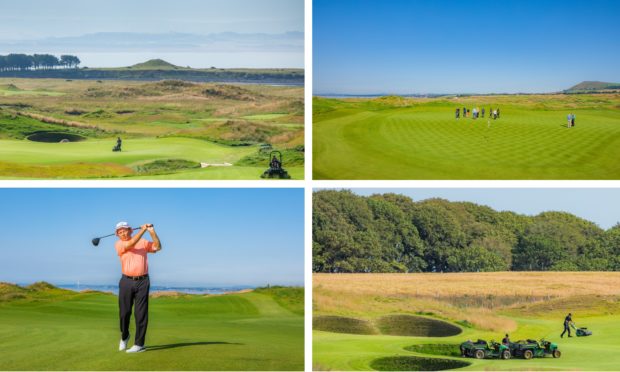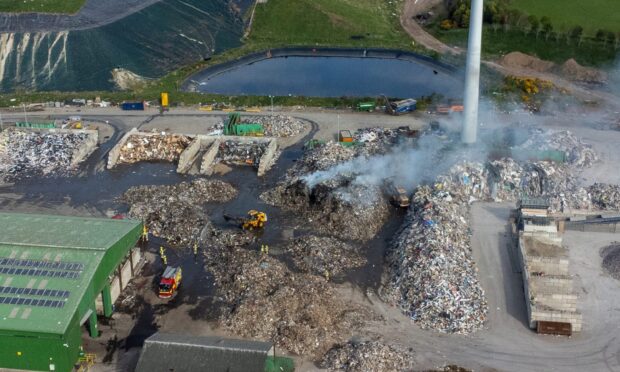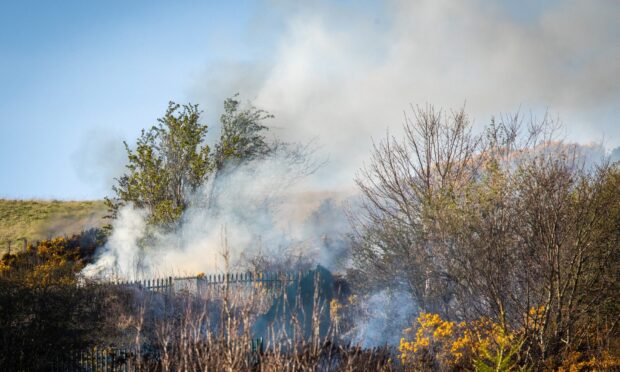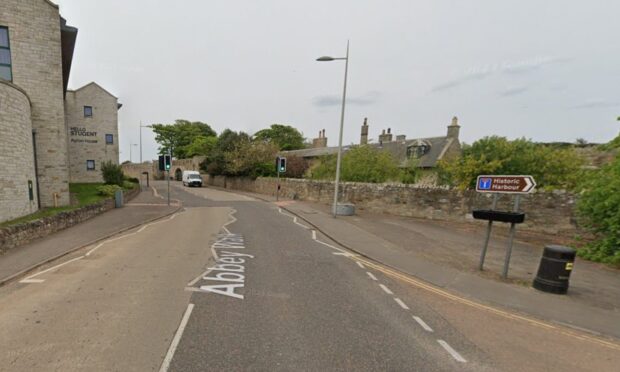Fife’s newest world class links golf course has been praised by the man whose family own the estate on which the £16 million project has been created.
Crafted by golf course designer and former Ryder Cup player Clive Clark, Dumbarnie Links on the Largo coast is expected to open for play on May 16, 2020.
The £16 million Dumbarnie project is built on part of the historic Balcarres Estate.
Speaking publicly about the course for the first time, Lord Anthony Balniel, whose family has owned the estate since the 16th century, admitted there was an “air of uncertainty” in the family when the course was first mooted.
However, those doubts have been dispelled.
“Fast forward several years and we simply could not be more pleased,” he acknowledged.
“What Clive Clark and his team have done is nothing short of outstanding.
“I have been struck not only by the beauty of what has been created with the dune landscape significantly enhanced but also by the focus on the wildlife, plants and birds.
“It has been a joy to see the project unfold.
“Dumbarnie Links has already received rave reviews from not just the local community,
but internationally, as well.
“When we began this ambitious undertaking, our goal upon completion has always been to provide an unparalleled, memorable golf experience – not just the playing surface, but the service level, as well.
“I think we’re well on our way to achieving that goal.”
The water of Largo Bay and the estuary can be seen from at least 14 of the holes at Dumbarnie.
The course design features a mixture of tees that play down an escarpment towards the water.
Some of these tees sitting on top of the escarpment have views straight into the water
and are as much as 60 feet above their respective fairways.
Something to whet the appetite
Recently, Clive Clark photographed a selection of his favorite holes at Dumbarnie, and has provided a little taster of what future players can expect.
As the designer of 35 golf courses in Europe and the United States, Clark began
his work in the golf course design industry with a highly successful partnership with Peter Alliss before setting up his own firm after moving to the US.
Hole #3
PAR-4 / 344-YARDS
(measured as dogleg)
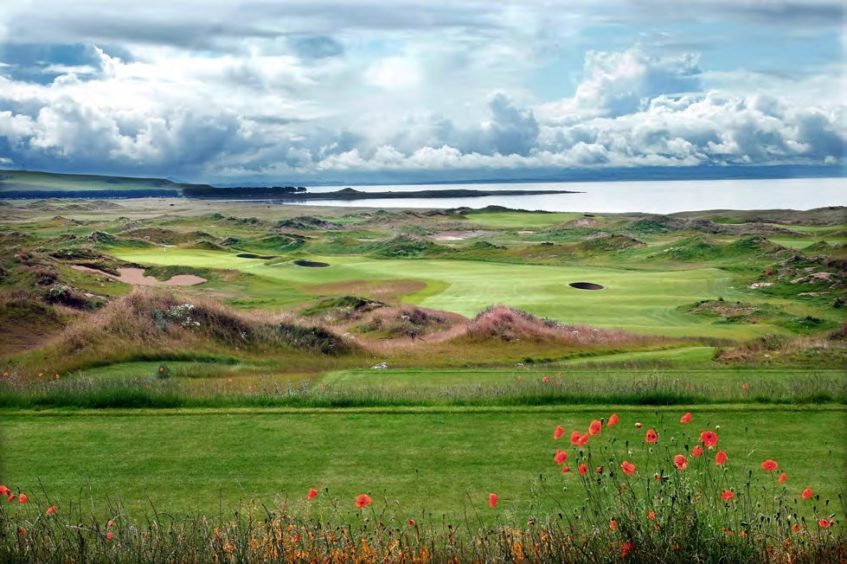
“This is a risk-and-reward hole, and for some players, with suitable wind conditions, it may be driveable.
“However, in order to cut the corner of this hole and go directly for the green, players must carry a large protective bunker some 50-yards short of the green.
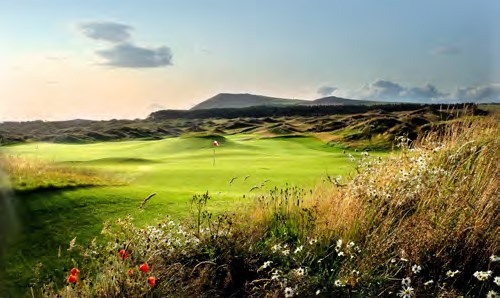
“Most golfers will instead play a safer line to the fairway on the right and hit their approaches with a short iron or wedge.
“The small pot bunker in the fairway will catch the golfers’ attention, but for many it can be carried.”
Hole #9
PAR-4 / 422-YARDS
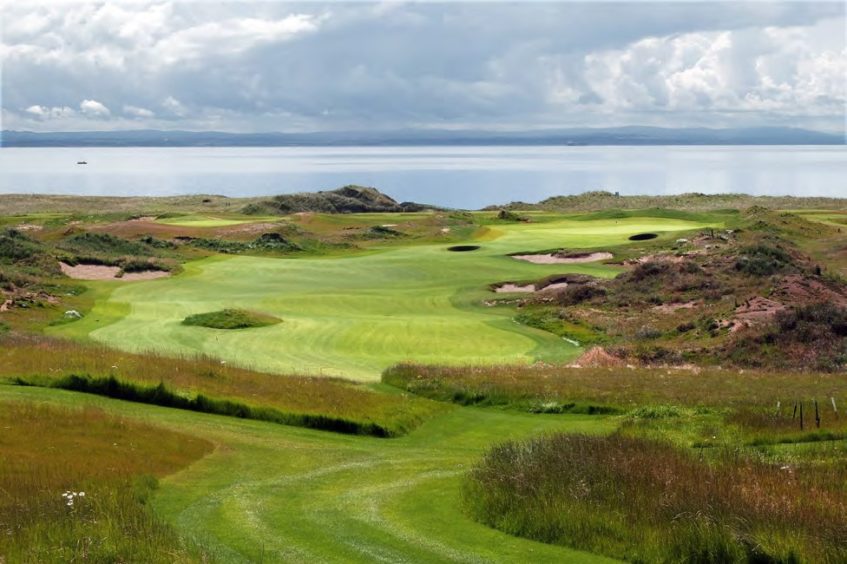
“The elevated set of tees is some 60-feet above the fairway, and they offer magnificent views of the Firth of Forth, with Muirfield Golf Club directly across the water.
“The elevation of the tees will add some extra length to the drive. The green is split level, with the lower part being on the left.
“Pin placement will make quite a difference as to how the hole will play.
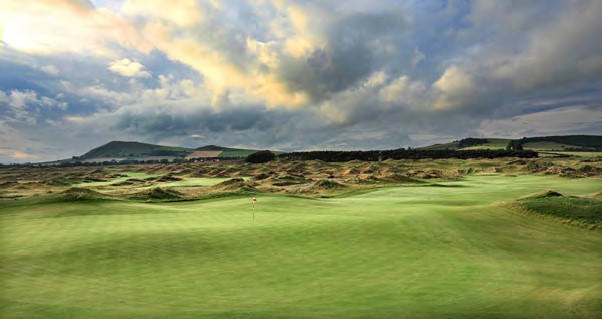
“Most of the greens at Dumbarnie have subtle breaks, but the 9th green has most pronounced on the entire golf course.
“For a player on the wrong level, judging the pace will be vital.”
Hole #17
PAR-4 / 362-YARDS
(measured as dogleg)
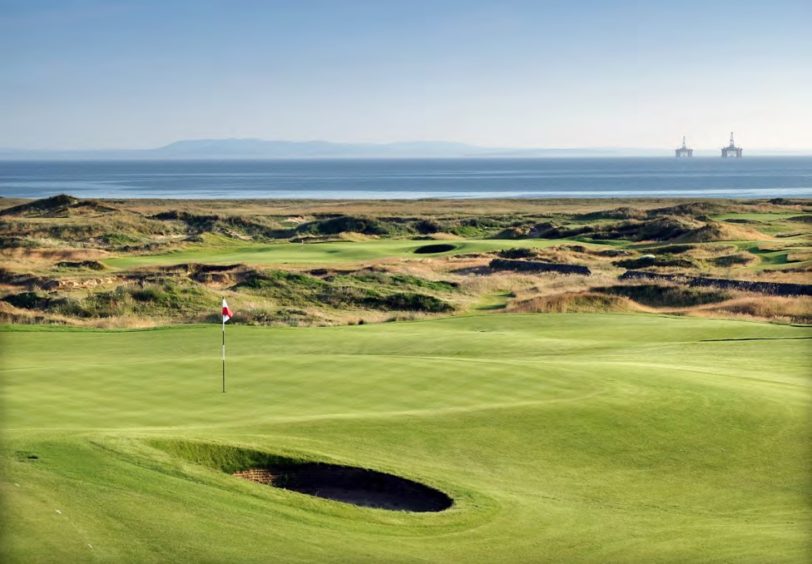
“This will become a distinctive and memorable hole, punctuated by the 300-year old wall passing through it.
“There are two ways of playing this short Par 4.
“Golfers can either play left of the wall to a generous fairway, leaving them a short-iron second shot.
“The alternative is to drive over the wall and dice with 10 precocious pot bunkers.
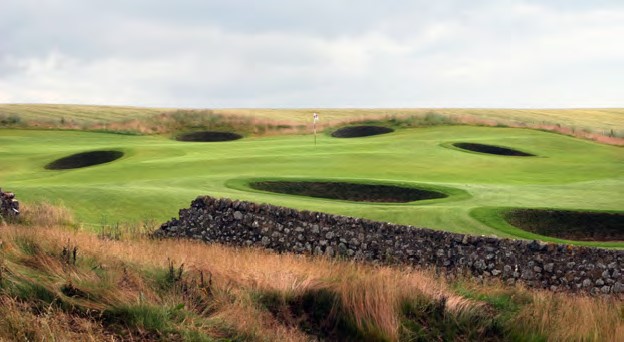 “The prevailing wind follows on this hole, and it can be a good opportunity for birdie or even eagle.
“The prevailing wind follows on this hole, and it can be a good opportunity for birdie or even eagle.
“However, a poor tee ball can rapidly lead to a double-bogey.”
